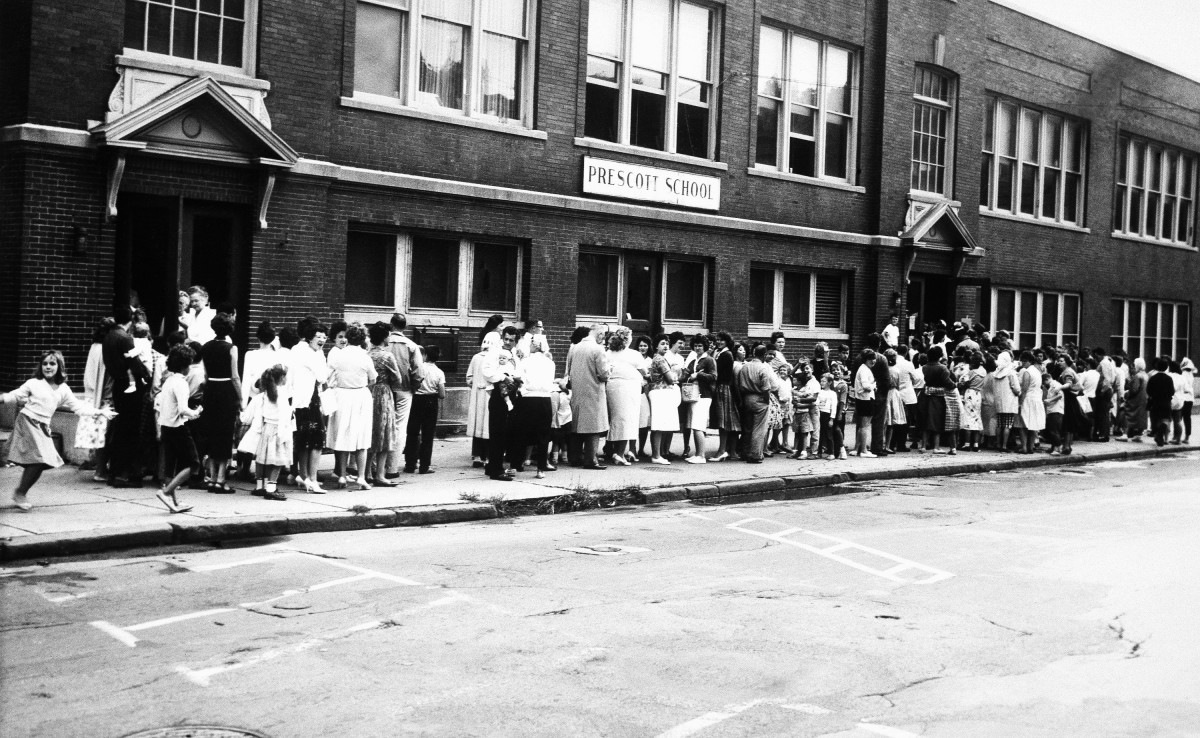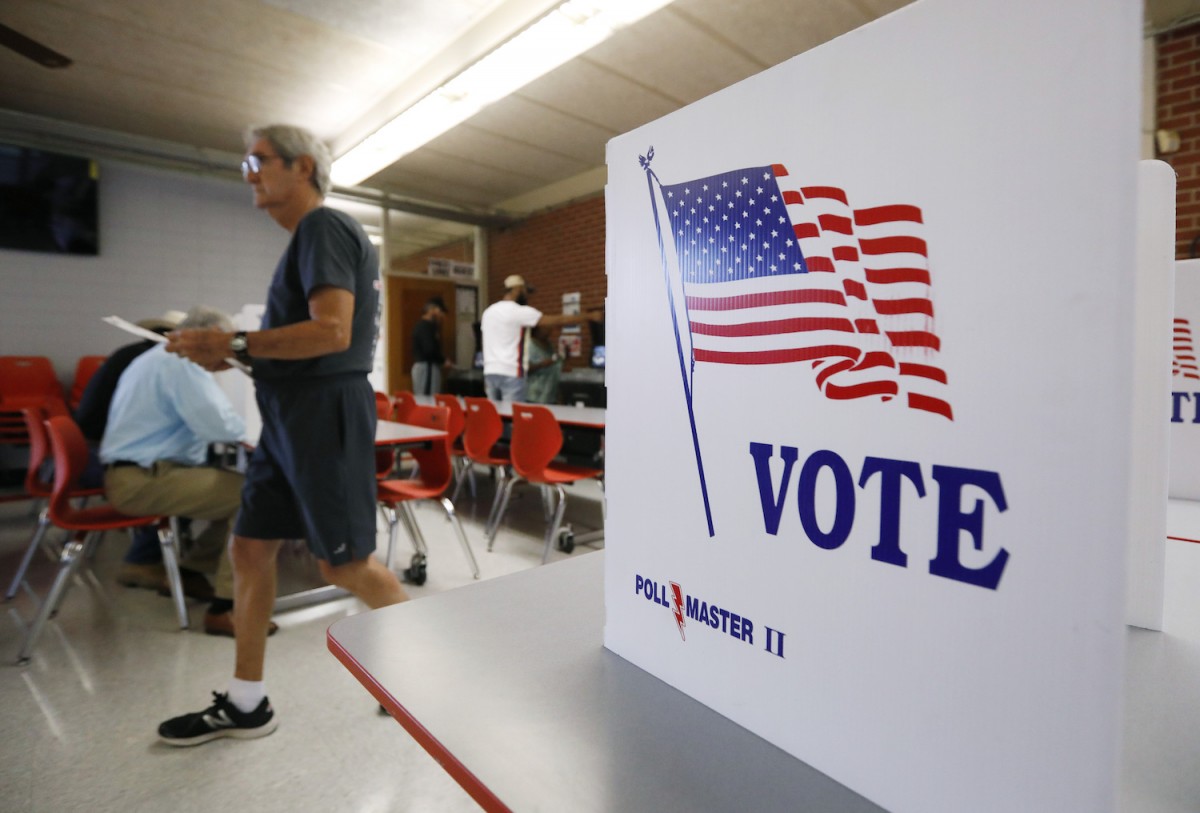Has the coronavirus pandemic also sent drug overdoses soaring? That’s what Rep. Carol Miller, R-W.Va., said in a July 30 tweet.
Miller tweeted, “In West Virginia alone, overdoses have increased by 50% during the #COVID-19 pandemic. We must stop the illegal drug flow across our Southern Border. That’s why I added an amendment to 2021 government funding to #BuildTheWall. Sadly, House Democrats voted this down.”
In West Virginia alone, overdoses have increased by 50% during the #COVID__19 pandemic. We must stop the illegal drug flow across our Southern Border.
That’s why I added an amendment to 2021 government funding to #BuildTheWall.
Sadly, House Democrats voted this down.
— Rep. Carol Miller (@RepCarolMiller) July 31, 2020
We’ve previously rated Mostly True the statement by fellow West Virginia Republican Rep. David McKinney that “$53 million a week is coming across the border in drugs.” We’ve also rated True the statement that West Virginia has the highest overdose rate of any state.
In this article, we’ll focus on Miller’s assertion that the pandemic and the economic dislocation that has followed have driven an increasing number of overdoses in West Virginia.
We found evidence in two West Virginia media reports published not long before Miller’s tweet that supports the idea that the state has seen a rise in overdoses since the pandemic.
In late June, the Charleston Gazette-Mail reported on increases in overdoses. West Virginia Public Broadcasting did so in early July. (Both outlets are PolitiFact West Virginia partners.)
Both news reports cited data from the West Virginia Department of Health and Human Resources showing that emergency responses for suspected overdoses had increased by close to 50 percent. At the time of those reports, the agency had recorded 923 emergency responses for May 2020, compared with 650 in May 2019. That was a 42 percent increase.
The article also reported a more than fivefold increase for June in average weekly overdoses that are reversed by naloxone, a medication used to rapidly reverse opioid overdoses. Overdoses reversed by naloxone averaged 16 per week in June 2020, compared with norms of three per week and 12 per month, according to the article.
Miller’s office referenced the articles when we inquired, but because the articles had appeared several weeks before Miller’s tweet, we looked for state Health Department data that was available closer to the date of her statement. The data for each month are updated on the 15th day of the following month, Allison Adler, the department’s director of communications, told PolitiFact, but the updates could include some earlier months.
Counting all the updates made as of Aug. 15, the number of overdoses in April 2020 held steady compared with the previous year, but the numbers did spike in May and June. Emergency response for suspected overdoses increased by 64 percent in May and 30 percent in June.
So for the three months combined, the number increased by 33 percent from a year earlier, but during May and June alone, the numbers rose by 47 percent, which is close to Miller’s figure. July numbers were on par with those in 2019, but Miller wouldn’t have known about that data point when she sent her tweet.
The department also offers another metric: emergency room visits related to overdoses. These increased by 12 percent in May and June compared to the year prior. (It would later rise by 28 percent in July.)
This pattern has been echoed elsewhere in the United States.
The New York Times has reported that drug overdose deaths rose to record numbers in 2019, and are already 13 percent higher than average in 2020, according to mortality data from local and state governments covering 40 percent of the U.S. population. The Association of American Medical Colleges also reported that suspected drug overdoses rose 18 percent from mid-March through May, which would be consistent with the notion that the pandemic is pushing overdoses higher.
Our ruling
Miller said, “In West Virginia alone, overdoses have increased by 50% during the #COVID-19 pandemic.”
For the three months from April through June, EMS responses rose by 33 percent. Looking just at May and June, the increase was 47 percent.
We rate her statement Mostly True.
This article was published in partnership with PolitiFact. See the sources for this fact-check.



